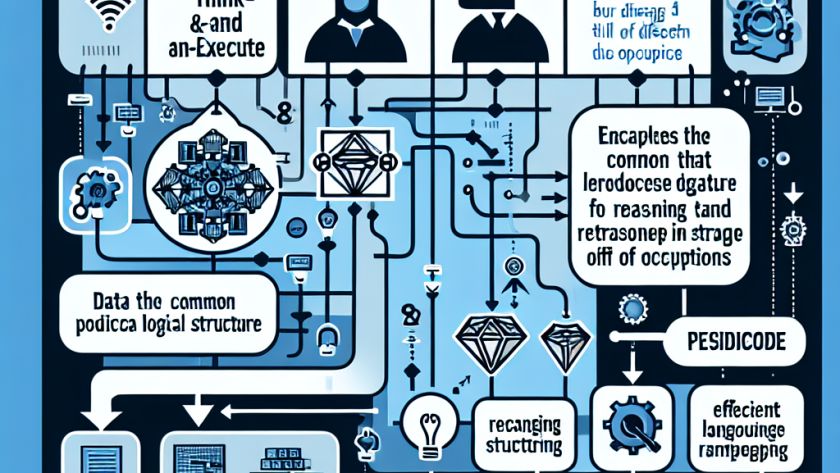In the continuously evolving realm of AI frameworks, two significantly recognized entities known as LlamaIndex and LangChain have come to the forefront. Both of them provide exclusive approaches to boost the performance and capabilities of large language models (LLMs), but address the varying needs and preferences of the developer community. This comparison discusses their key…












